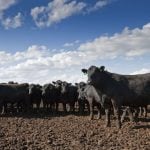
Forages

How to sample feeds
From bales to silage to swath-grazing, experts share tips for getting representative samples
While high nitrates in feeds are more commonly seen in frost-touched plants, Saskatchewan Agriculture staff have been seeing high levels in drought-stressed crops this summer, highlighting the importance of feed testing this fall. “We’ve seen a really wide variety of test results come in, some as high as five per cent (for nitrates), which is […] Read more
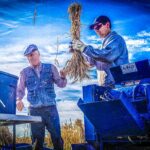
Seeding the Future: The curious cultivator
You probably haven’t heard of Axel Diederichsen, yet he holds our past, present and future in the palm of his hand. He’s been entrusted to protect a resource our very existence depends upon, and it on us. Those are the opening lines of Grainews editor Kari Belanger’s story about Axel Diederichsen, research scientist and curator […] Read more
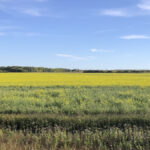
Timing key when managing high-nitrate feeds
News Roundup from the October 2021 issue of Canadian Cattlemen
You’ve tested your feed and you’ve got some high-nitrate crop in the field or the feedyard. What exactly are the risks to your cattle and what can you do to manage them? High nitrate levels can affect reproduction, and this time of year is especially risky for herds calving in May or June, says Barry […] Read more

Putting forage theory into practice
A new online guide explains how to maximize forage production and greenhouse gas sequestration
Forage and grassland farmers now have a practical, straightforward resource to discover best management practices for maximizing soil carbon sequestration. The Canadian Forage and Grassland Association (CFGA) published the digital guide, Forage Best Management Practices for Enhancing Soil Organic Carbon Sequestration, earlier this year as one of the key deliverables of its four-year Agricultural Greenhouse […] Read more
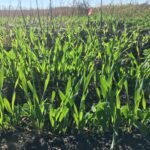
Survey finds on-farm cover crop innovation occurring across the Canadian Prairies
Researchers at the University of Manitoba (UM) have shared the results from the 2020 Prairie Cover Crop Survey which captures a snapshot of the use and grower observations of this new practice. The report suggests that cover crops are becoming established in the Prairies and can be grown in a wide range of locations and […] Read more
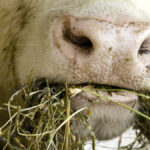
A closer look at your feed test
A ruminant nutritionist provides us with an in-depth look at a real-life feed test for hay
In a year like this, feed testing is “prudent,” says Courtney O’Keefe, ruminant nutritionist with Blue Rock Animal Nutrition at Innisfail, Alta. “It’s going to help you make those decisions and balance that ration accordingly.” O’Keefe takes us through a recent feed test (see example below) for mixed grass-legume hay, noting that nutritionists tend to […] Read more

Hay-starved Prairies fertile ground for online scammers
At least $64,000 lost in Alberta alone, RCMP says
High demand, scarce supplies and rising prices for hay and other feeds due to this summer’s drought on the Prairies have made a market for online scammers, RCMP warn. The urgency driving such transactions may cause ranchers, farmers and farm workers to make purchases “without taking time to properly verify or research production sources,” Alberta […] Read more

Unconventional: Salvaging crops and feeding weeds during drought
Whether you’re eyeing a flax crop or baling ditches and sloughs, here’s what you need to know about alternative feeds
In drought years it’s often challenging to provide adequate forage for cattle. Sometimes producers use alternative feeds which might include drought-stressed or salvaged crops. Dr. Bart Lardner, professor in the department of animal and poultry science at the University of Saskatchewan, says some of the drought-stressed crops that might be available include annuals such as […] Read more

VIDEO: Collecting feed samples for testing
Getting a representative feed sample of what your cattle are eating is essential due to this year’s drought conditions. In particular, you should be mindful of high nitrate levels that may have accumulated in forages from plant stress. In this video, Jenay Werle with Saskatchewan Agriculture shows where to place your cut for a proper […] Read more

Today’s forage research provides tomorrow’s solutions
Research on the Record with Reynold Bergen
Today’s research won’t help you weather this year’s drought, but the practical information and advice you’ll read elsewhere in the September issue of Canadian Cattlemen (and at beefresearch.ca) will. Those tips, covering everything from alternative feeds to weaning, all originate from past research done by scientists and refined by producers. But producer-funded research underway today […] Read more



